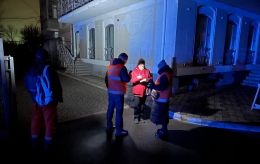Secrets of Sapieha Palace: What historic French Baroque building in heart of Ukraine's Lviv hides
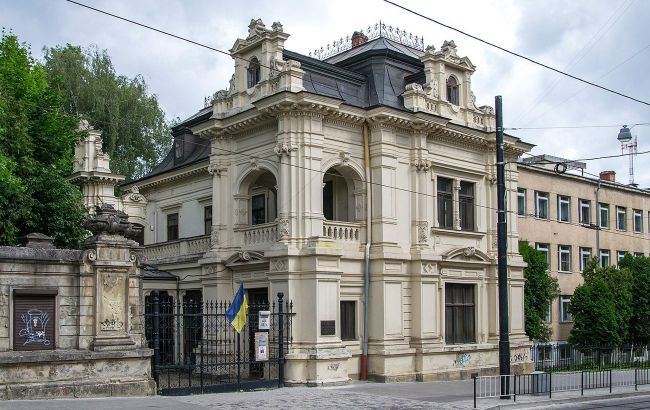 Why you should visit the Sapieha Palace in Lviv and the secrets it holds (Photo: Wikipedia)
Why you should visit the Sapieha Palace in Lviv and the secrets it holds (Photo: Wikipedia)
The Sapieha Palace in Lviv is more than just an architectural landmark. It is an elegant miniature of the French Baroque, hiding the history of princes, a headquarters of Ukrainian troops, and legends of a ghost in white. Today, it stands on Kopernyka Street — modest, yet refined, much like Lviv itself.
RBC-Ukraine tells the story of how the palace came to be, what makes it interesting, and the local legends whispered about it.
If you’re looking for more than just an old building in Lviv, pay attention to the Sapieha Palace on Kopernyka Street. Built in 1867–1868 at the request of Prince Leon Sapieha and designed by architect Adolf Kuhn, it is an example of French Baroque amidst Lviv’s architecture.
History of the Palace: From prince to girls’ gymnasium
Prince Leon Ludwik Sapieha was a member of one of the most influential and oldest families of the Grand Duchy of Lithuania, with significant influence in Galicia. His family owned estates throughout Galicia, but Lviv became the site of their "urban residence."
The building for the prince was constructed in the Neo-Baroque style, with elements of 18th-century French architecture. The two-story palace, featuring a mezzanine, a rectangular wing, and a ceremonial courtyard separated by an ornate fence, was described by contemporaries as a "charming box."
The palace’s architecture resembled that of the New Louvre, built in 1857, so much so that the Lviv press at the time wrote that Prince Leon Sapieha was building a "Louvre." The construction of this palace cost almost as much as the Potocki Palace, located nearby and better known to both tourists and locals.

Sapieha Palace in Lviv on Kopernyka Street, 1870 (Author: Józef Eder)
In November 1918, during the November Uprising, the palace served as the headquarters of Ukrainian troops. It was here that decisions were made that influenced the fate of the West Ukrainian People’s Republic.
After World War II, the building was used as a school, and later it became the home of a public organization — the Ukrainian Society for the Protection of Historical and Cultural Monuments. For some time, the building also housed a girls’ gymnasium.
The palace was once surrounded by a vast garden, of which only remnants remain today. The northern part of the park was built over with residential buildings in the 1930s. A two-story annex along Kopernyka Street was demolished in the 1970s during the construction of School No. 9.
In 1972, there was a proposal to dismantle the Sapieha Palace, but the Lviv regional branch of the Ukrainian Society for the Protection of Historical and Cultural Monuments prevented the city from making such a mistake. They financed the restoration of the landmark themselves.
This palace is one of the few that survived intact — neither damaged during wars nor harmed by Soviet troops. After World War II, the Soviet authorities quietly "seized" the palace for the state and turned it into a school.
Architecture: Soft forms and hand carving
The Sapieha Palace is an example of how a small building can impress with its details. Its façades are adorned with hand-carved stone, pilasters, cornices with modillions, and inter-floor belts. All of this creates the effect of a "living" wall — it seems to breathe and changes depending on the light.
Particular attention should be paid to the fence with wrought-iron gates, which not only separates the palace from the street but also creates an atmosphere of privacy and elegance.

Sapieha Palace in Lviv (Photo: Wikipedia)

Sapieha Palace in Lviv (Photo: Wikipedia)
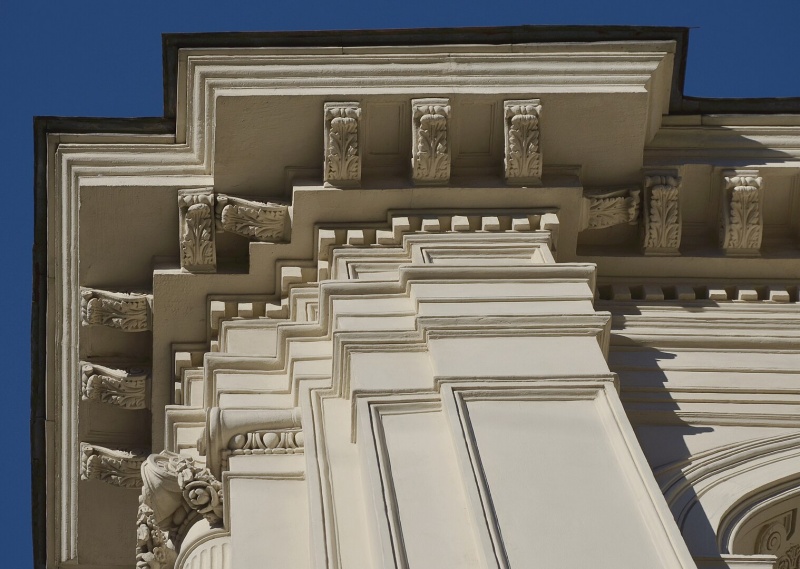
Sapieha Palace in Lviv (Photo: Wikipedia)

Sapieha Palace in Lviv (Photo: Wikipedia)
Legends of the Sapieha Palace: The Ghost in white and the prince’s mirror
Locals in Lviv say that in one of the palace’s halls, there is still a mirror that belonged to Prince Sapieha. It is said that one can see the silhouette of a woman in white in it — supposedly a maid who died under mysterious circumstances.
Another legend involves an underground passage that supposedly leads from the palace to the Opera House. It was allegedly used for escapes or secret meetings. Archaeologists confirm that there is indeed a network of tunnels beneath Lviv, but whether the palace is connected to them remains unknown.

Sapieha Palace in Lviv (Photo: Virtual.Lviv)
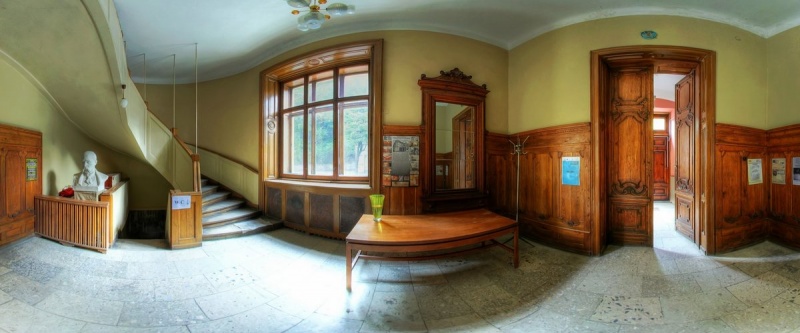
Sapieha Palace in Lviv (Photo: Virtual.Lviv)
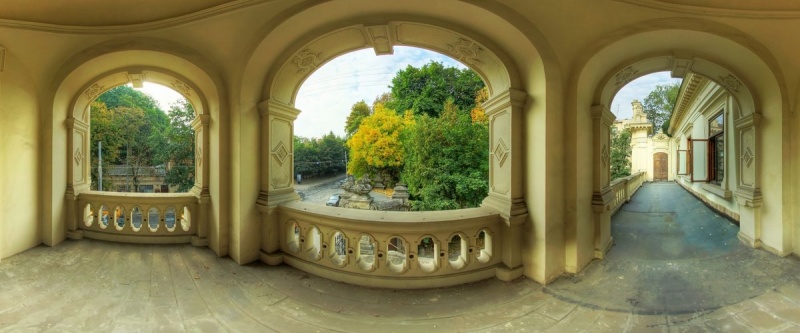
Sapieha Palace in Lviv (Photo: Virtual.Lviv)
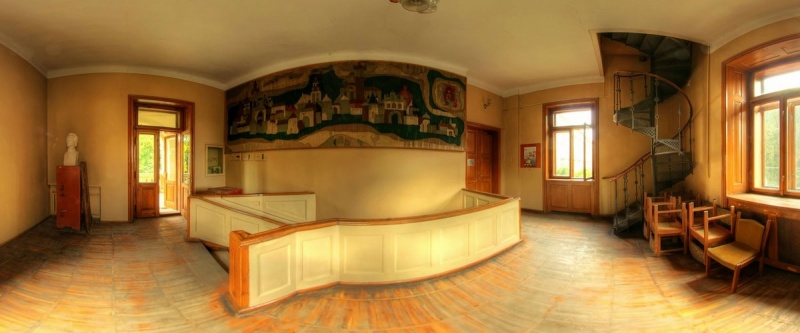
Sapieha Palace in Lviv (Photo: Virtual.Lviv)
Why it’s interesting today
-
It is one of the few palaces in Lviv that has retained its authenticity and has not been turned into a museum or hotel.
-
The architecture is a striking example of a style rarely seen in Lviv, especially at this level of preservation.
-
It houses the Ukrainian Society for the Protection of Historical and Cultural Monuments.
-
The palace can be explored through an online 3D tour.
-
It is listed as a national architectural monument.
-
The Sapieha Palace symbolizes Lviv’s multicultural heritage, combining Polish-Lithuanian, Ruthenian, and broader European influences. Its aristocratic legacy and changing functions reflect the city’s dynamic history. Today, the palace serves as a venue for art exhibitions, concerts, and lectures.
Sources: Wikipedia, Photographs of Old Lviv, Zabutki, Virtual.Lviv

